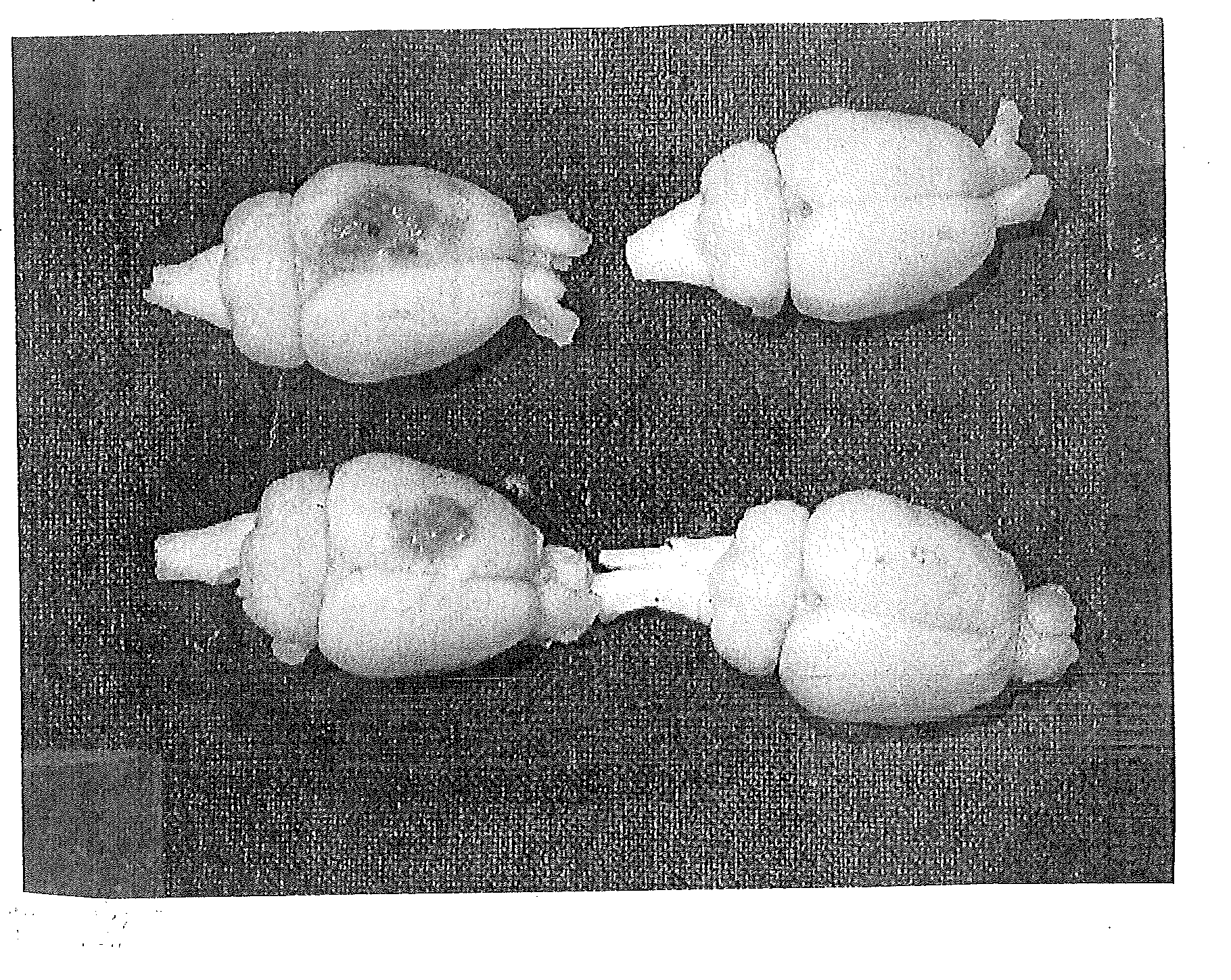Novel use of antisecretory factor
a technology of anti-secretory factor and anti-cancer, which is applied in the field of peptides, polypeptides and proteins, can solve problems such as damage to several different cell types, and achieve the effects of reducing the loss of nervous tissue, mediating and/or reducing the effects of trauma, inflammation and at progressive degeneration
- Summary
- Abstract
- Description
- Claims
- Application Information
AI Technical Summary
Benefits of technology
Problems solved by technology
Method used
Image
Examples
example 1
Induction of Elevated AF Formation Increased the Neurogenesis
[0145]The following experiment was performed to assess whether administration of AF influenced the neurogenesis in the brain of a normal adult mammal: the rat.
[0146]Rats (body weight 180-350 g at the start of the experiments), male and female, were purchased from B & K AB, Stockholm, Sweden. The animals were kept in cages of approved type and size, and the light was on from 06 to 18. The regional animal experiments ethical committee granted permission for the experiments. Measures were taken to reduce discomfort and pain.
[0147]The test rats were fed on SPC pelleted food and drinking an extract of SPC for at least 10 days prior to sacrifice. The animals were not exposed to any surgery or otherwise manipulated. The rats were anaesthetized by either an intraabdominal injection of an overdose of pentobarbital sodium in saline or by the inhalation of isofluorane. The thoracic cavity was opened, the left ventricle of the heart c...
example 2
Model for Brain Injury by Application of a Freezing Probe
[0150]The following experiment was performed to assess the damage caused on the rodent brain by the application of a very cold probe on the outside of the skull bone
[0151]Rats (body weight 180-350 g at the start of the experiments), male and female, were purchased from B & K AB, Stockholm, Sweden. The animals were kept in cages of approved type and size, and the light was on from 06 to 18. The regional animal experiments ethical committee granted permission for the experiments. Measures were taken to reduce discomfort and pain.
[0152]The rats were anaesthetized by the inhalation of isofluorane, and had their heads shaved. The skin was cut open in the mid sagittal plane on the skull. The calvarium was exposed on the left side between the bregma and the lambda. The periostium was detached from the bone, which then was rinsed. Thereafter, great care was taken to remove blood and any fluid from the calvarium as that may impair the ...
example 3
AF:s Rescue Freeze-Injured Brain Tissue, as Investigated After 2 Days
[0159]The following experiment was performed to assess if increased occurrence of AF in a body affected the extent and severity of a brain injury caused on the rodent brain by the application of a freezing probe on the outside of the skull bone, exerted neuroprotection.
[0160]Rats (body weight 180-350 g at the start of the experiments), male and female, were supplied with SPC food and drinking fluid for at least 10 days prior to the brain injury. At the day of injury, the rat were anaesthetized and prepared as described in experiment 2. The freezing probe was applied once for 40 seconds. After suturing the skin wound in the skull and recovered from the anaesthesia, the rats were allowed to move freely and had access to SPC food and drinking fluid.
[0161]Two days after the freezing injury, the rats were sacrificed and fixed by perfusion as described. When opening the skull bone, it became obvious that there was less e...
PUM
| Property | Measurement | Unit |
|---|---|---|
| degenerative disorder | aaaaa | aaaaa |
| morphological characteristics | aaaaa | aaaaa |
Abstract
Description
Claims
Application Information
 Login to View More
Login to View More - R&D
- Intellectual Property
- Life Sciences
- Materials
- Tech Scout
- Unparalleled Data Quality
- Higher Quality Content
- 60% Fewer Hallucinations
Browse by: Latest US Patents, China's latest patents, Technical Efficacy Thesaurus, Application Domain, Technology Topic, Popular Technical Reports.
© 2025 PatSnap. All rights reserved.Legal|Privacy policy|Modern Slavery Act Transparency Statement|Sitemap|About US| Contact US: help@patsnap.com



